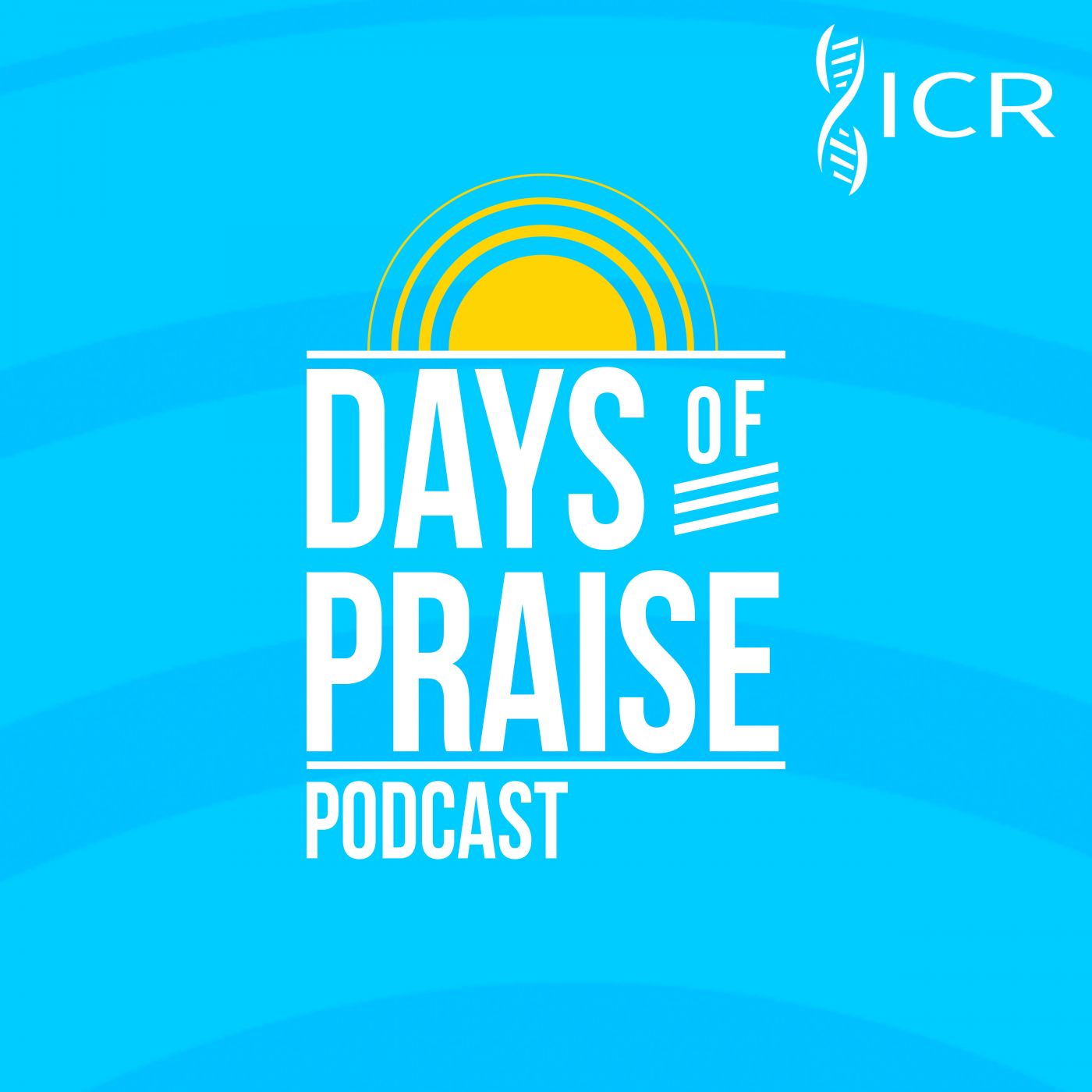“And many other signs truly did Jesus in the presence of his disciples, which are not written in this book: but these are written, that ye might believe that Jesus is the Christ, the Son of God; and that believing ye might have life through his name.” (John 20:30-31)
The gospel of John was specifically written with the purpose of leading people to Jesus Christ and salvation. It is structured around seven specially selected miracles of creation, or “signs” (John 2:11; 4:53-54; 5:9; 6:13-14; 6:19-21; 9:6-7; 11:43-45), each requiring supernatural power as well as knowledge. The book also contains many affirmations of His deity (there are seven great “I am” statements) and many exhortations to believe on Him (e.g., John 3:16) interspersed around the seven signs. Finally, there is the detailed description of the last supper, the crucifixion, and the resurrection, climaxed by the glorious affirmation of faith by doubting Thomas, and then our text states the purpose of the entire book.
If we are to be effective witnesses for Christ, we can do no better than follow this same procedure. It is most significant that this begins with a strong emphasis on the special creation of all things, with an exposition showing that Christ Himself is the Creator (John 1:1-14). The judicious use of Christian evidences (e.g., the miracles) demonstrating the truth of His many claims of deity, climaxed by the overwhelming proofs of His own bodily resurrection (John 20:1-29), all interwoven with an uncompromising emphasis on the inerrant authority of Scripture (e.g., John 5:39-47; 10:34-36) and a clear exposition of His substitutionary death and the necessity of personal faith in Him for salvation (especially John 3:1-18) all combine to make the most effective way of bringing people to an intelligent, well-grounded decision to receive Christ as Savior and Lord. HMM

Days of Praise Podcast is a podcast based on the Institute for Creation Research quarterly print devotional, Days of Praise. Start your day with devotional readings written by Dr. Henry Morris, Dr. Henry Morris III, Dr. John Morris, and others to strengthen and encourage you in your Christian faith.














